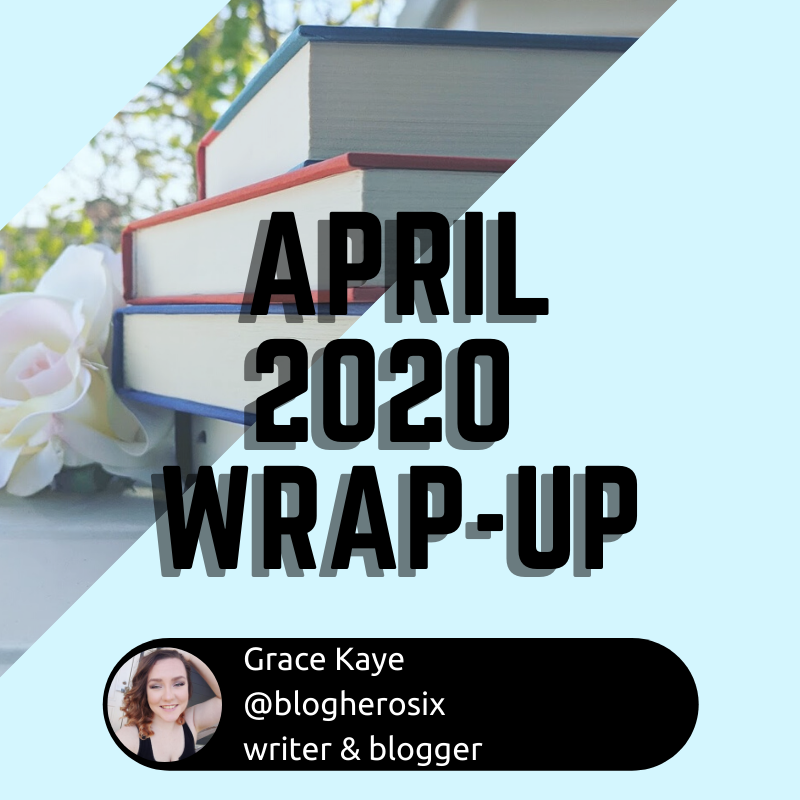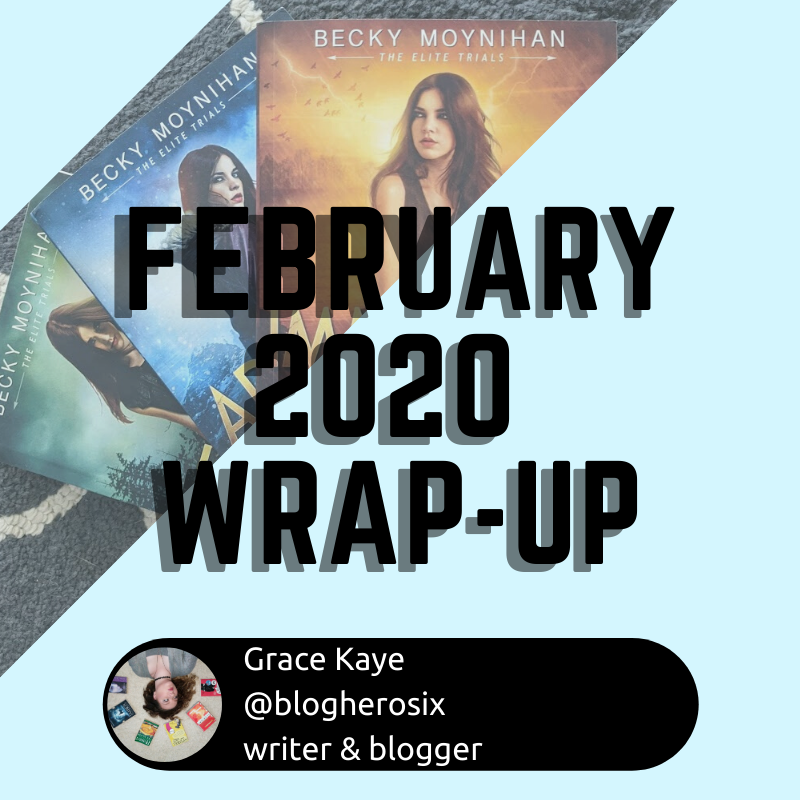How to Write a Good Love Triangle
- Grace Kaye

- Oct 9, 2017
- 5 min read

Listen, y'all: love triangles don't have to suck.
Love triangles get a bad rep, but they are becoming increasingly common in today’s YA books. I’ll let you in on a secret: no one really hates a love triangle on principle. They’re fun and dramatic. They add intrigue to a romantic plotline. Sometimes, they can add a metaphorical dimension to the story, such as in the Hunger Games. No, love triangles don’t actually suck as a general concept. Some authors just make them suck.
What people really hate are poorly-written love triangles. So, today, I’m going to explore what makes a well-written love triangle.
First, let’s define our terms. A love triangle is when three characters are involved in an uneven romantic connection. A love triangle adds intrigue to a story, because if you are assuming each character is interested in being monogamous, then one person in this triangle is going to end up disappointed. Love triangles are an age-old storytelling device that can reveal the complexity of love and show depth in your characters. There are five important things to keep in mind when creating love triangles: Who’s involved? How are they involved? What are the stakes? How does this relate to the story? And most importantly, how does it end?
Who’s involved?
This is the first step in creating a love triangle. As a writer, I know how much we can fall in love with our characters, and the strange way in which we simultaneously want to protect each of them and destroy their hopes and dreams. Putting your characters into a love triangle is honestly cruel, but you know your characters—you know who can take it. But here’s something to consider when you create a love triangle: will the reader be invested?
As a reader, I am not invested in love triangles where it is glaringly obvious who the character will choose. That takes away all the mystery and intrigue. I am also not invested in a love triangle between terrible people. I want to see each potential relationship being healthy and shippable. I want a glimpse into a future where at least two of the characters end up happy. Peep my last post for tips on how to make a relationship shippable.
How are they involved?
This is the technical side of the love triangle. A love triangle involves three characters, but there can be numerous combinations of complexity to this. Consider:
Character A has to choose between Character B and Character C (i.e. Katniss has to choose between Peeta and Gale in The Hunger Games)
Character A loves Character B, but Character B loves Character C (i.e. Simon loves Clary, but Clary loves Jace in The Mortal Instruments)
Similarly, Character A has the hots for Character B, but character B loves Character C. Only to find out that Character C likes Character A! (sort of what happens between Mako, Asami and Korra on The Legend of Korra)
Character A and Character B have feelings for each other, but Character A is already in a committed relationship with Character C. Character B may also be in a relationship. (i.e. Jim loves Pam and Pam kind of likes Jim but Pam is already dating Roy on The Office)
There are other nuances that can be added to this system as well. Play around with it and make it interesting.
What are the stakes?
At the minimum, the stakes should be that one character will end up disappointed. In CW’s Reign, Queen Mary is in a love triangle between two brothers, Francis and Bash. She loved each and was slated to marry both at different points in the show. Viewers loved both so much that the choice seemed impossible; though Mary might be happy with either guy, we loved both of them so much we didn’t want to see either one disappointed. It was heart-wrenching to wonder who she would pick, and even if she made a good choice in the end, there was always the lingering idea of ‘what if she chose differently?’
There can be even higher stakes to the choice, though. In Reign, Mary was prophesied to cause the death of Francis if she married him. Once she realized that Francis was her true love, a barrier was thrown between them. It almost seemed like she would end up with Bash. But alas, as history would have it, Mary Queen of Scots marries Francis Valois. *Spoiler alert*, Francis does eventually die during the show, but it was the stakes of love. This was a riveting love triangle that kept viewers invested for three seasons. Examine the stakes of your characters’ choices to make it even more intriguing to readers.
How does this relate to the story?
Good love triangles aren’t just about the romantic subplot. They reflect a major decision or plot point in the greater story. This is why the Twilight love triangle is one of the most popular examples out there; Bella isn’t just choosing between Jacob and Edward. She’s choosing between a (semi)normal, human life and a difficult, immortal one. Honestly, I think every reader of this series knew she would choose Edward, but the idea was that she had the choice to have an easier, happier, more normal life with Jacob. Her decision to sacrifice her life and become a vampire for Edward was weighted more by the fact that she in fact had another option.
If you don’t like my Twilight example, then let’s go back to The Hunger Games. Katniss is choosing between her childhood friend, Gale, or her Games partner, Peeta. They each know something about her that the other doesn’t, and they each represent a different time in her life. She isn’t just choosing between the two boys, she’s choosing between her childhood ideals and memories (Gale) or the traumatic reality she now lives in post-Games (Peeta). Ultimately, her choice reflects her coming to terms with what she went through.
How does it end?
This is something that even as a writer, you may not fully know the answer to when you begin this love triangle. That’s okay. Here are some things to consider when you decide your characters’ fates:
What is the reader expecting? Maybe throwing a curveball is a good choice for your story. Maybe it’ll just enrage your reader.
What is best for the story? If Katniss had chosen Gale, the story would not have had the same message overall. Neither would Twilight if Bella had dumped both guys and went to Dartmouth to be an educated queen. Think about the greater theme of your story, and choose wisely.
Who do you ship? This is your story at the end of the day. Who do you want to end up together? And how do you resolve things with the unhappy party?
Overall, I don’t hate love triangles, and I’m not alone. A good love triangle keeps me reading. I may or may not be including a love triangle in my own story. You’ll find out about that later, though. Anyway, for now, I hope you feel a little more confident about setting up your own love triangle. Oh, your poor characters.
Peace out,
Grace










Comments